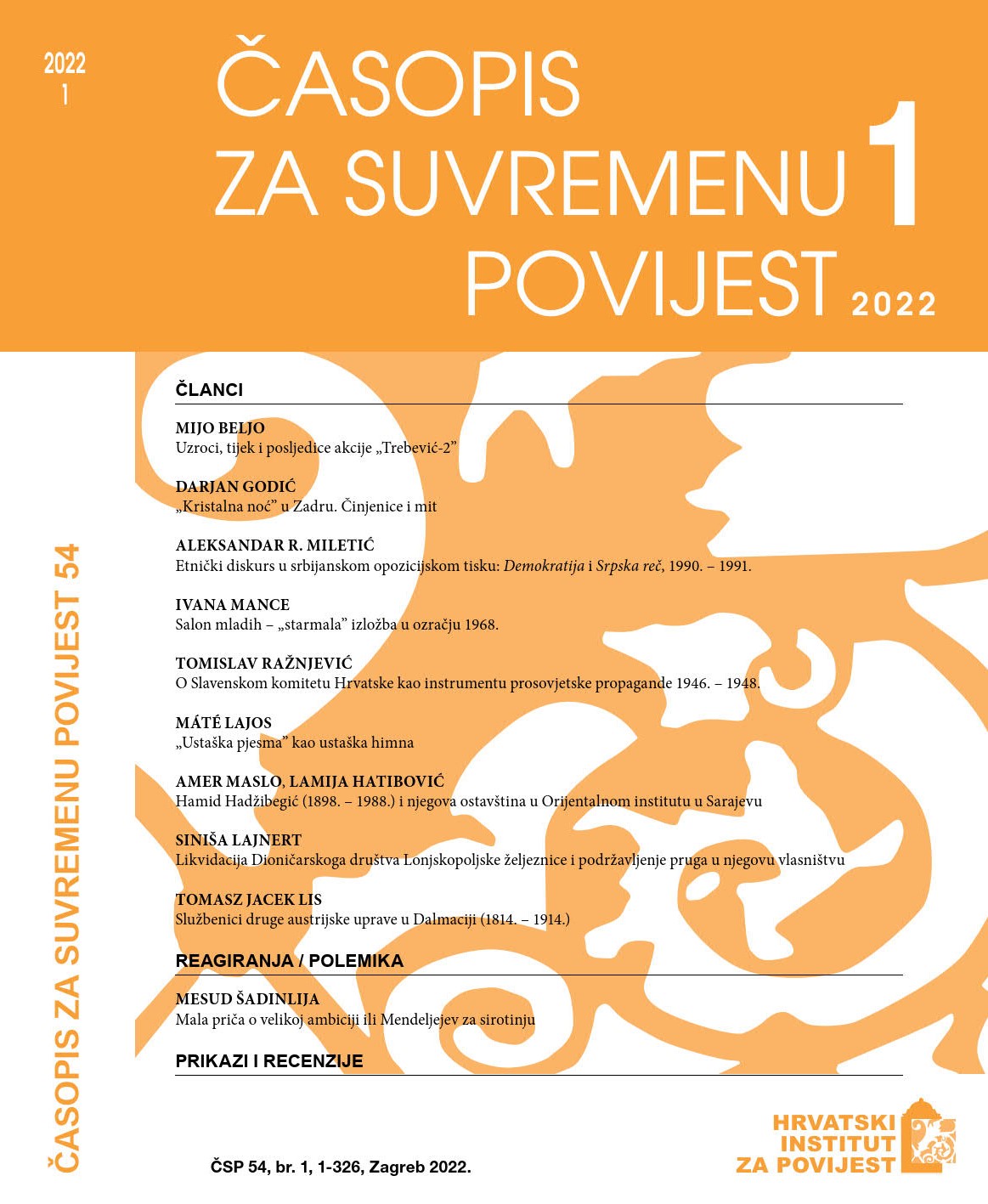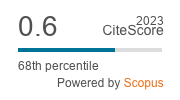The Officials of the Second Austrian Administration in Dalmatia (1814–1914)
DOI:
https://doi.org/10.22586/csp.v54i1.18874Keywords:
Dalmatia; officials; comparative method; 19th century; civil administrationAbstract
Historians often write in general about how a state or administration ‘implemented’ or ‘introduced’ reforms. Of course, an administration does make certain decisions but, in modern times, whole groups of officials are responsible for their realisation. This is the duty of the official apparatus. The success of a given reform is dependent not only on the theory prepared in the silence of the cabinet, but also on its implementation in practice. For this reason, it is important to understand who the officials were and what was their position in the Habsburg Monarchy, where the administration had been one of the most important lynchpins of the functioning of the state since the time of Maria Theresa and Joseph II. It was no different in Dalmatia, where, as we shall later see, every reform of the central authorities increased the number of sections and therefore the number of officials. Regardless, the topic of officials who worked in Dalmatia in the period of the second Austrian administration did not draw the appropriate attention of Yugoslav and Croatian historians until now.
This paper analyses the development of the officialdom in Dalmatia during the ‘second Austrian government’, from 1814 to 1914, when World War I began. We wish to show how the civil administration changed from the perspective of the officials, who were responsible for the realisation of the administration’s policies. The officialdom had a great influence, and deserves to be given more attention in historiography.
Downloads
Published
How to Cite
Issue
Section
License
Copyright (c) 2022 authors and journal

This work is licensed under a Creative Commons Attribution-NonCommercial 4.0 International License.
Copyright holders are the publisher Croatian Institute of History and the authors. Journal of Contemporary History is an Open Access journal. Users are allowed to read, download, copy, redistribute, print, search and link to material, and alter, transform, or build upon the material, or use them for any other lawful purpose as long as they attribute the source in an appropriate manner according to the Creative Commons licence CC BY-NC. The papers published in Journal of Contemporary History can be deposited and self-archived in the institutional and thematic repositories providing the link to the journal's web pages and HRČAK. Journal does not charge article processing charges (APC). The editors assume no responsibility for statements of fact or opinion made by contributors.




